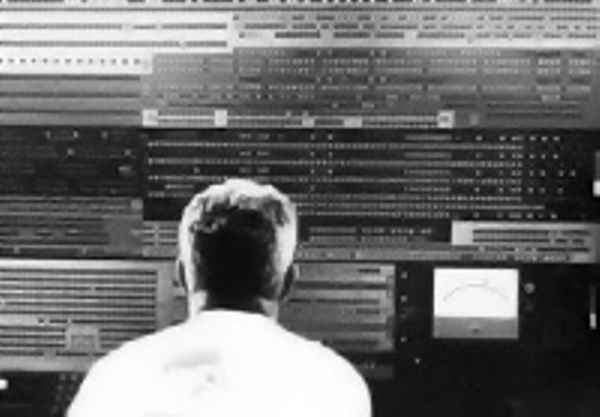What Happened on September 5th

The last IBM 7030, or STRETCH, mainframe computer is decommissioned at Brigham Young University. STRETCH was the result of an intensive R&D project started at IBM in 1955. The goal: build a super-computer 100 to 200 times as powerful as anything yet yet built. The premier customer: Los Alamos Scientific Laboratory (run by the Atomic Energy Commission), which was designing atomic weapons.
STRETCH took six years; the first one was delivered to Los Alamos in 1961. It "stretched" the state-of-the-art on many fronts:
- the first major IBM product to use transistors instead of vacuum tubes,
- big fast disk drives with multiple read/write arms (32MB), and
- large high-speed magnetic core memory (2 MB).
- pipelining (allowing multiple computer instructions to execute at once in different parts of the machine),
- lookahead (fetching and decoding up to six instructions before they are needed, to get a jump-start),
- multiprogramming (running more than one application at a time), and
- error-correction (having the machine diagnose and correct its own faults).
Many of the innovations in STRETCH were used in later IBM computers such as the 7090 and System/360). These ideas also served as inspiration for many non-IBM computers, and many of the STRETCH-like features disappeared for a while before appearing in other large computers. They have only recently been incoporated in modern microprocessors, which are now finally big enough to do on a single chip what STRETCH did in 1960.
Portions of the BYU STRETCH, as well as the entire STRETCH from Lawrence Livermore Labs, are in the permanent collection of The Computer History Museum.


